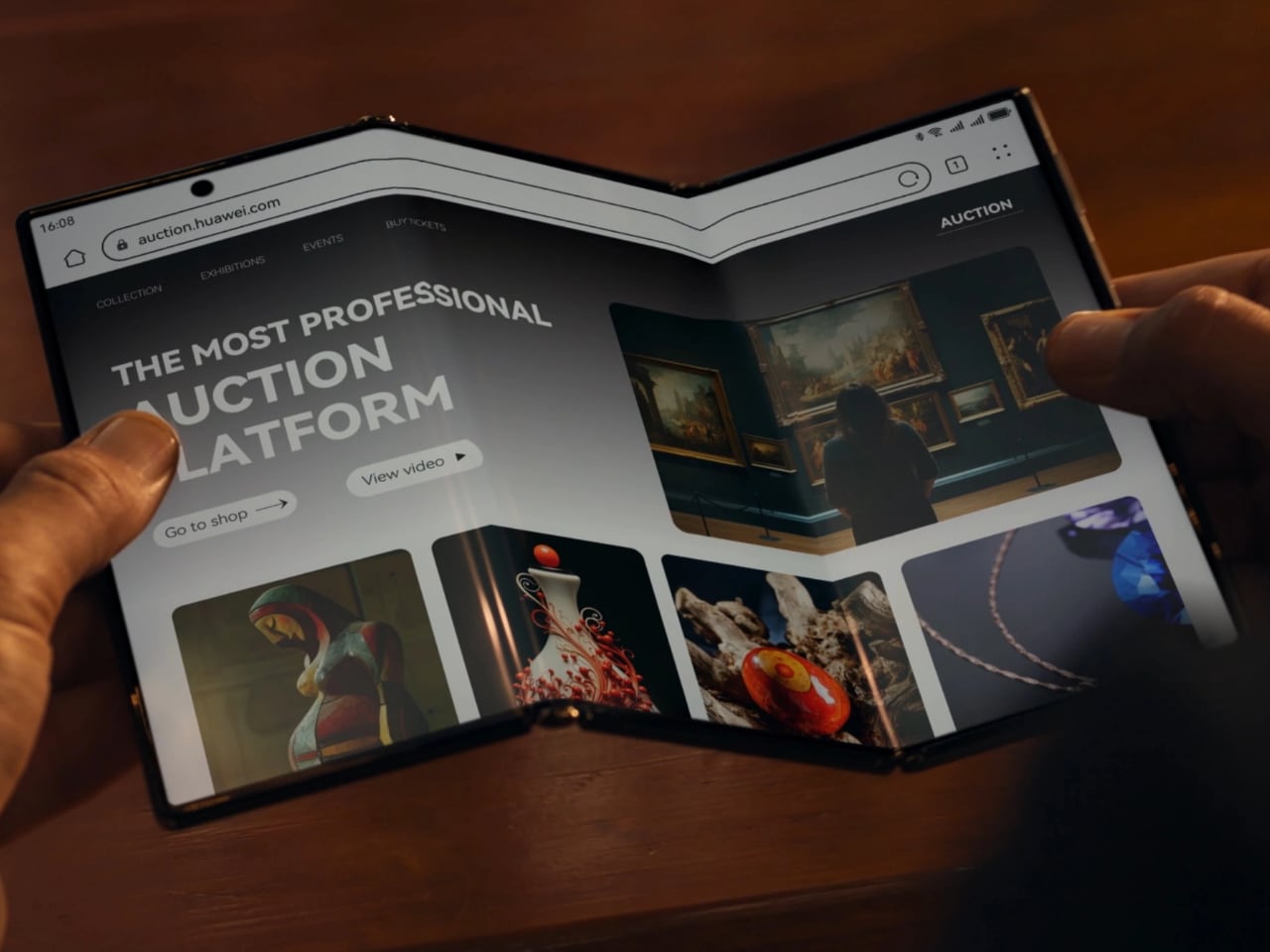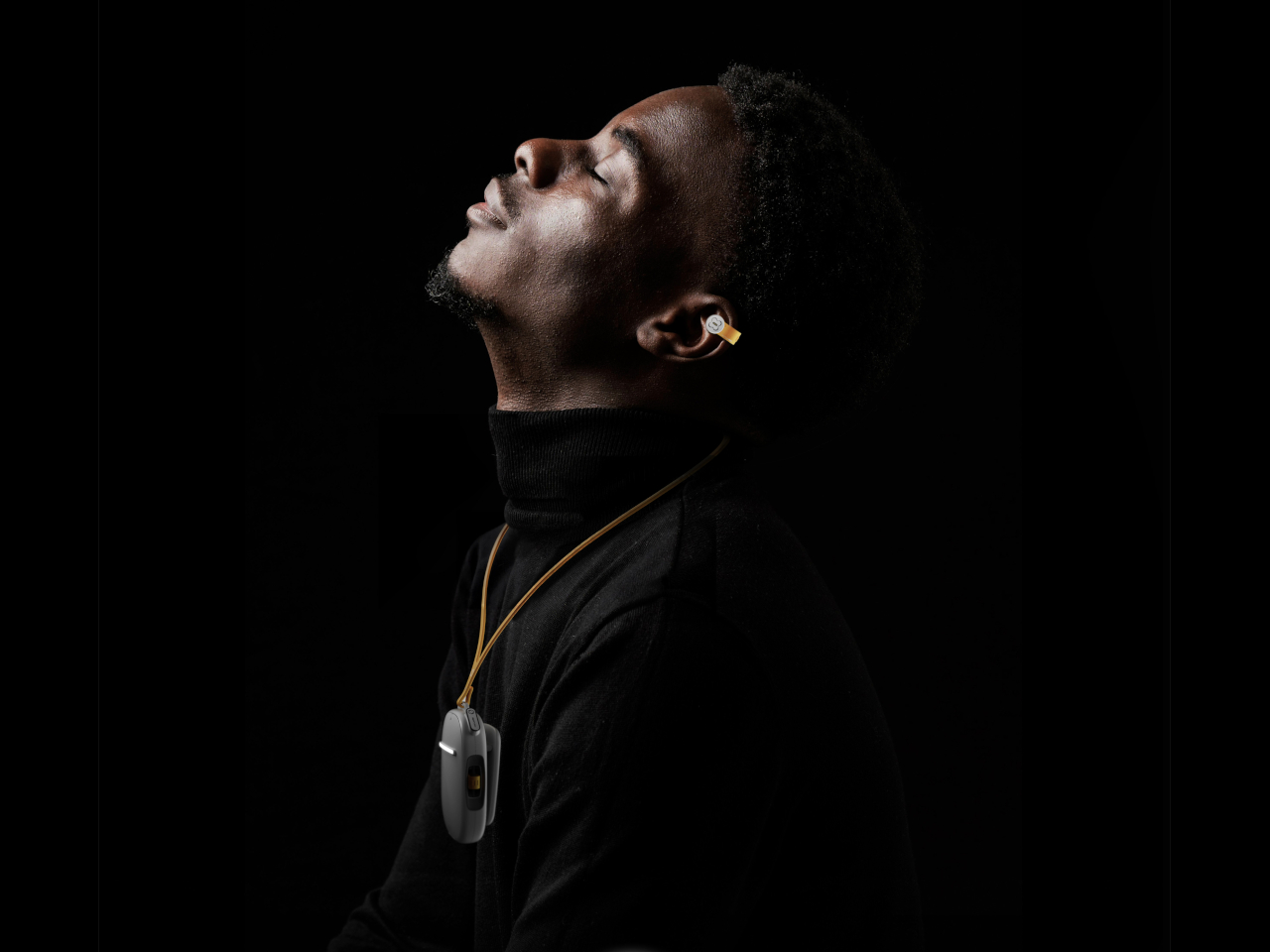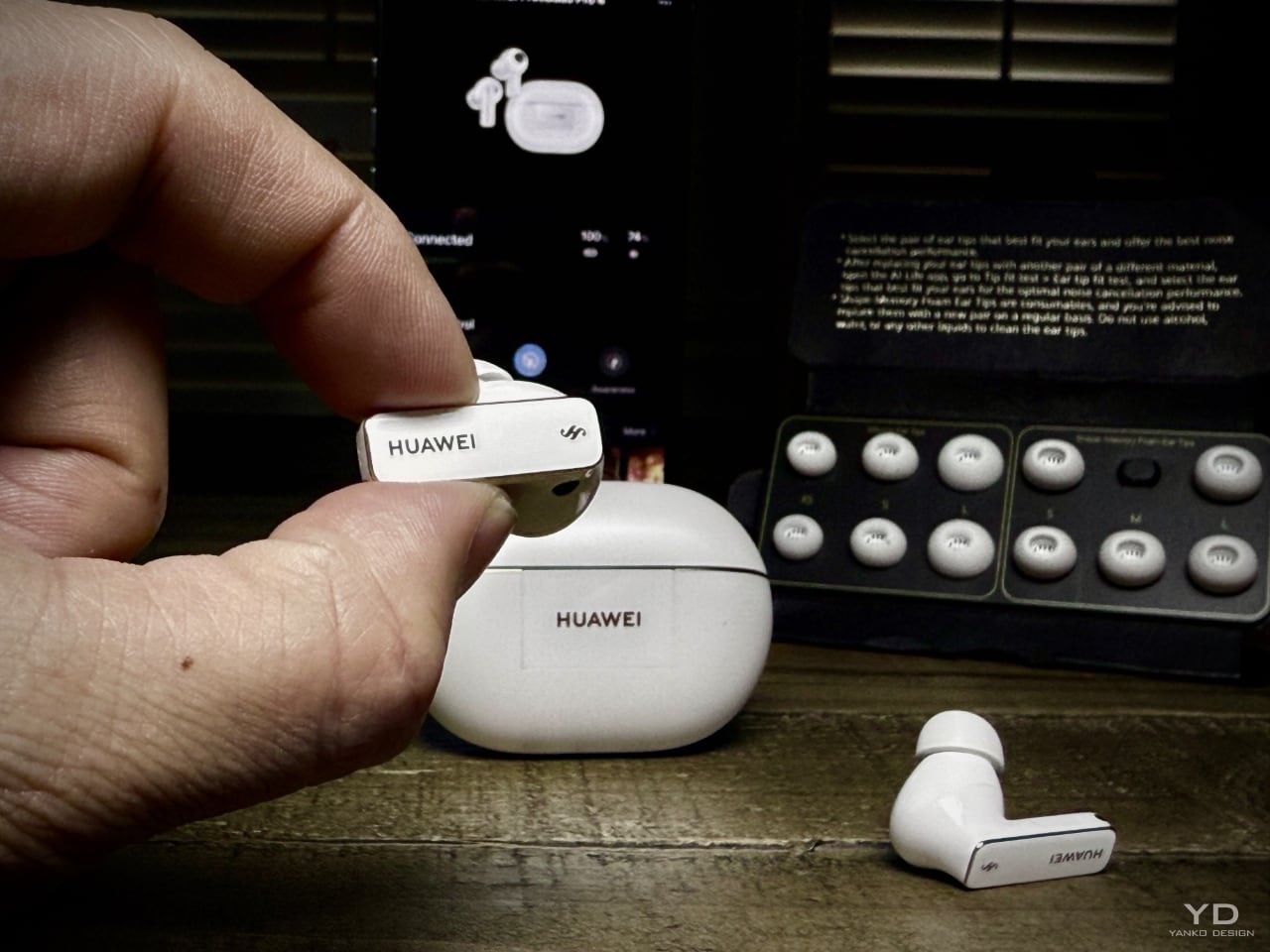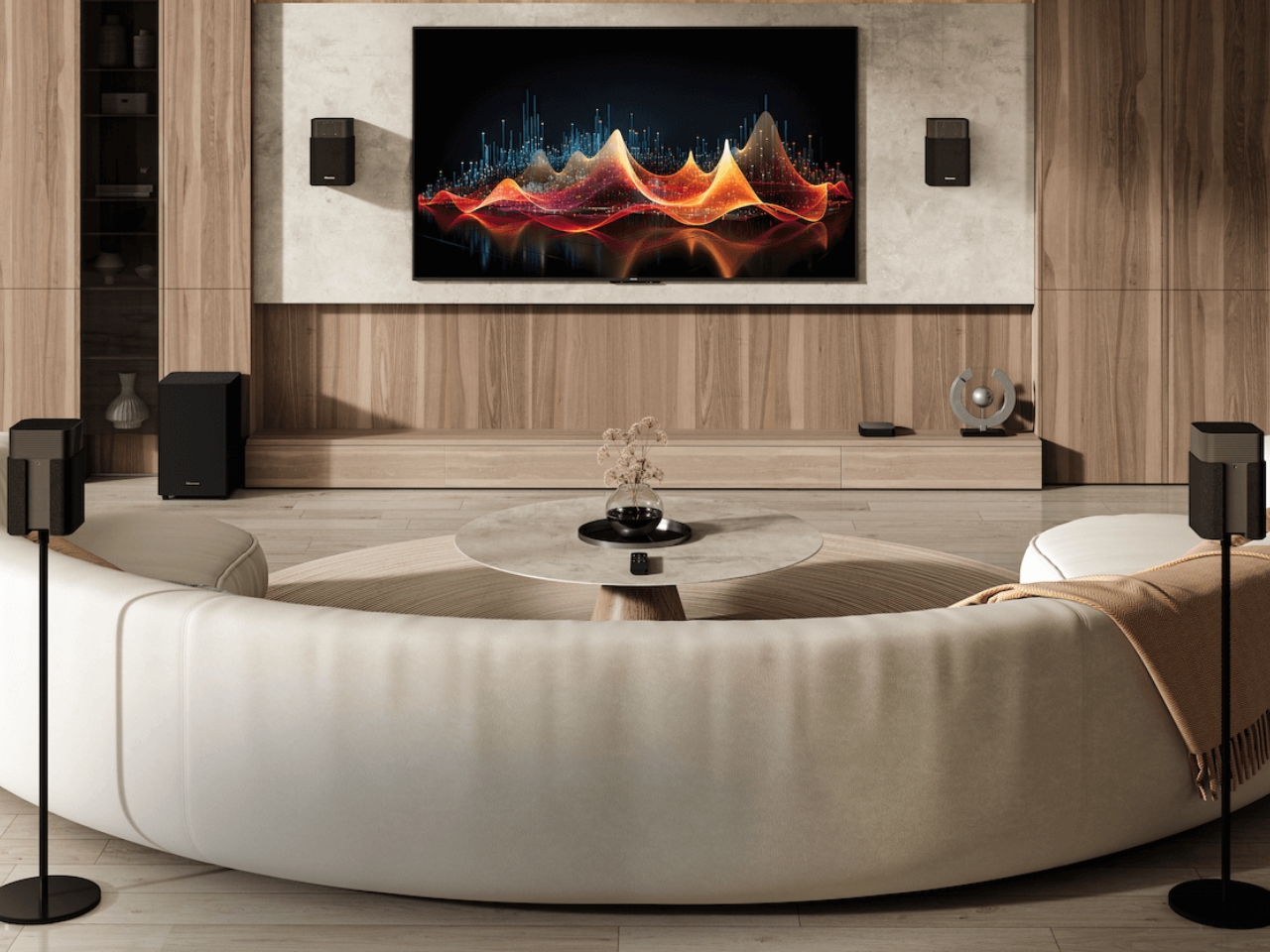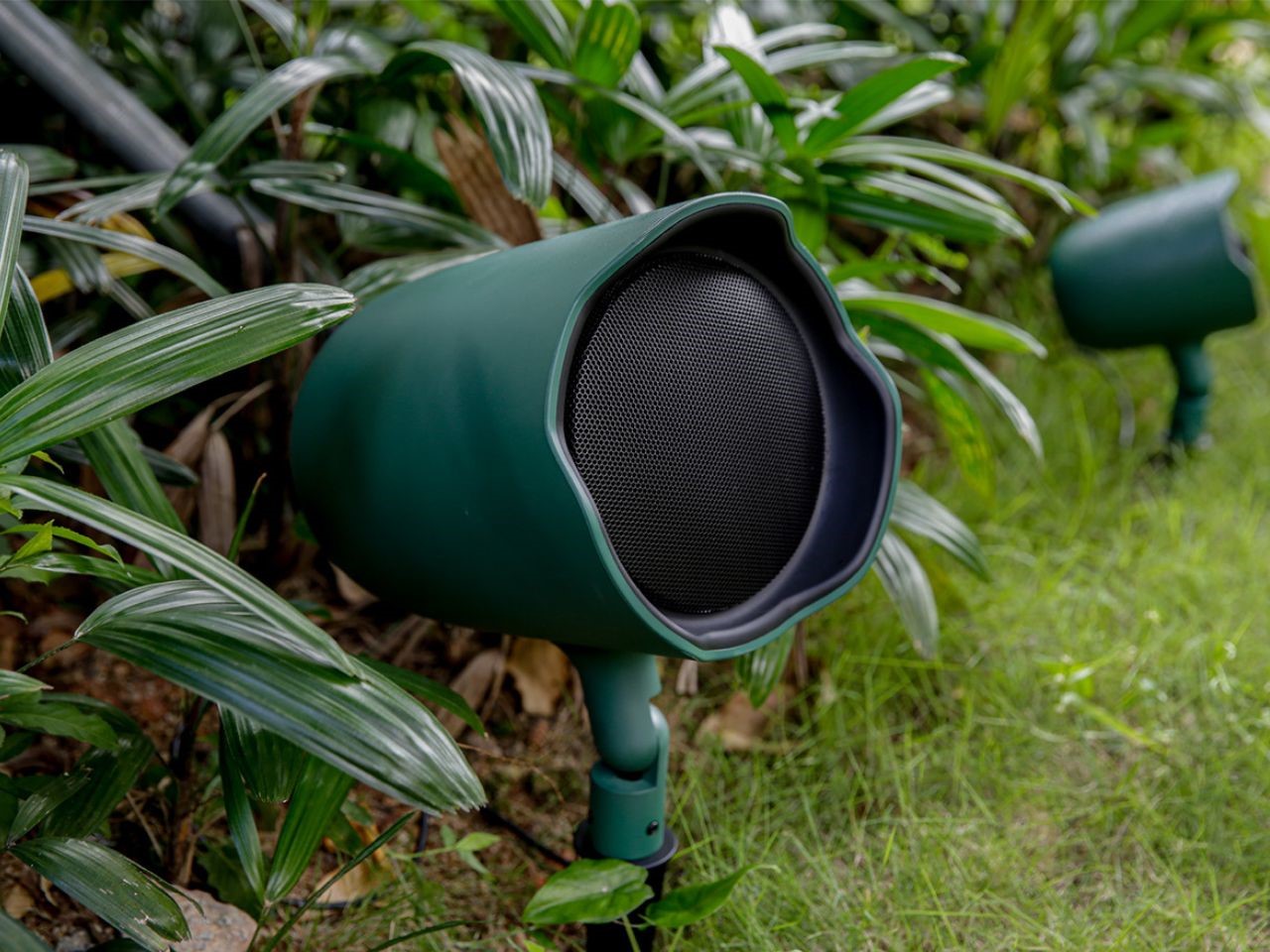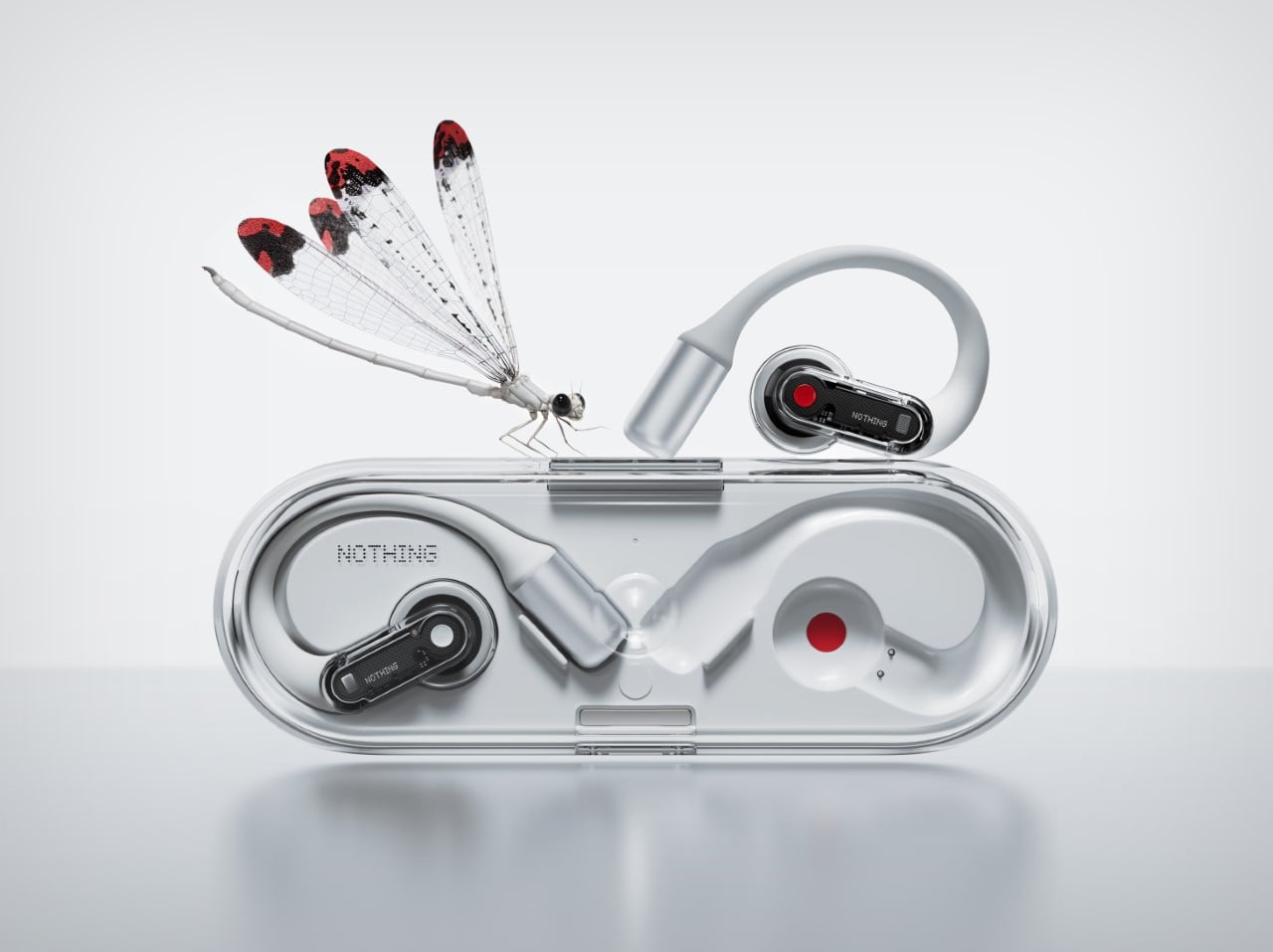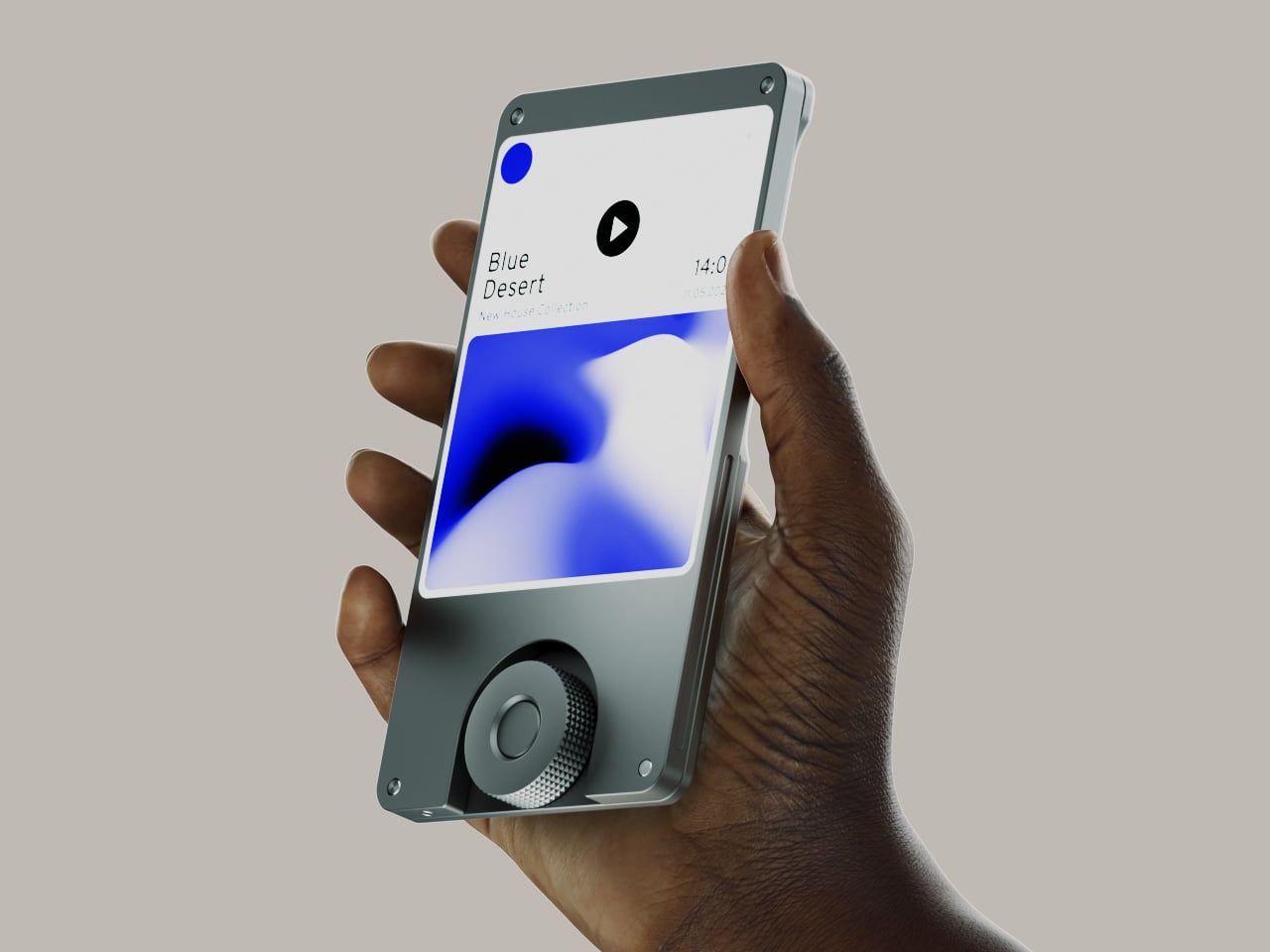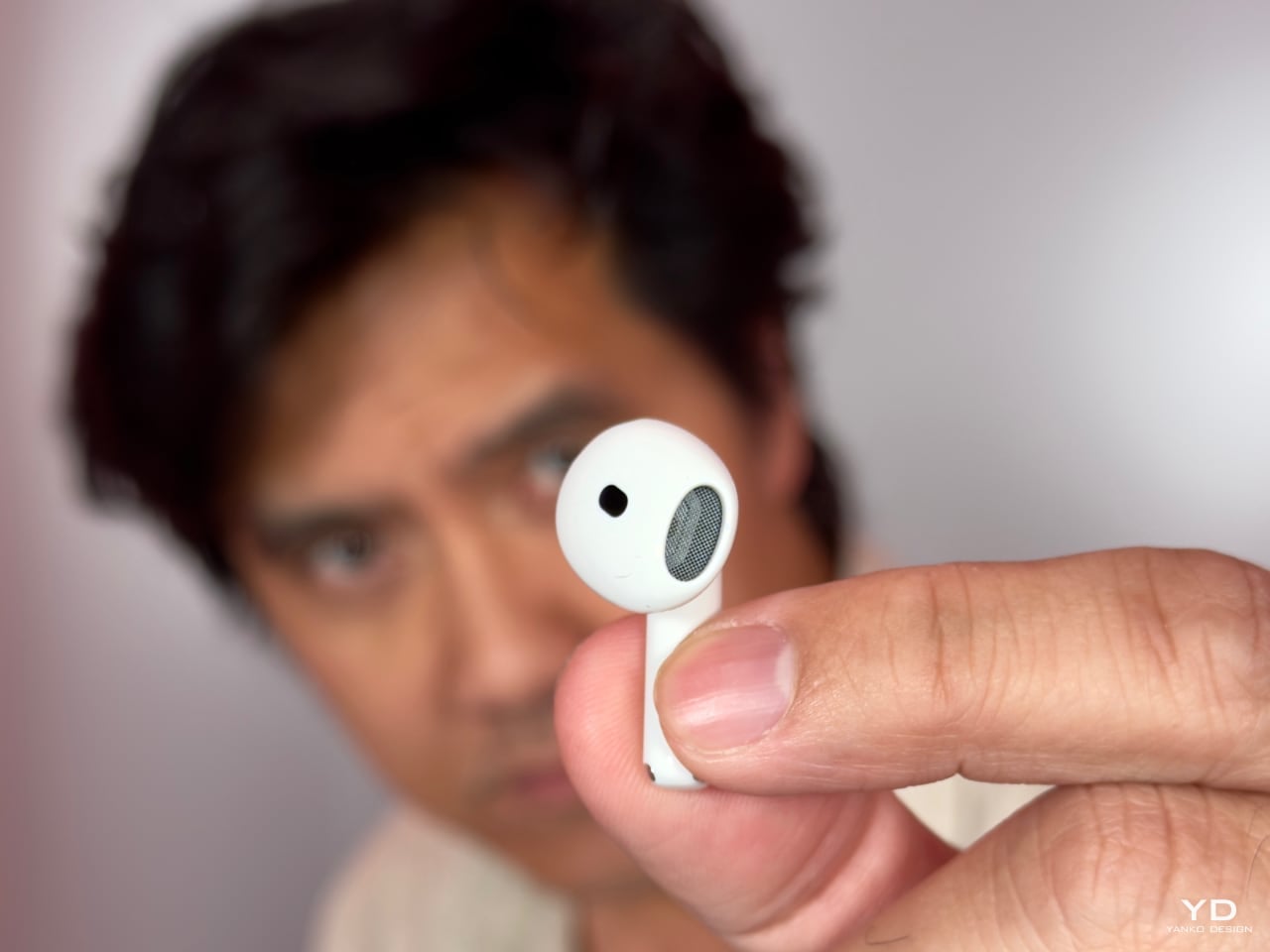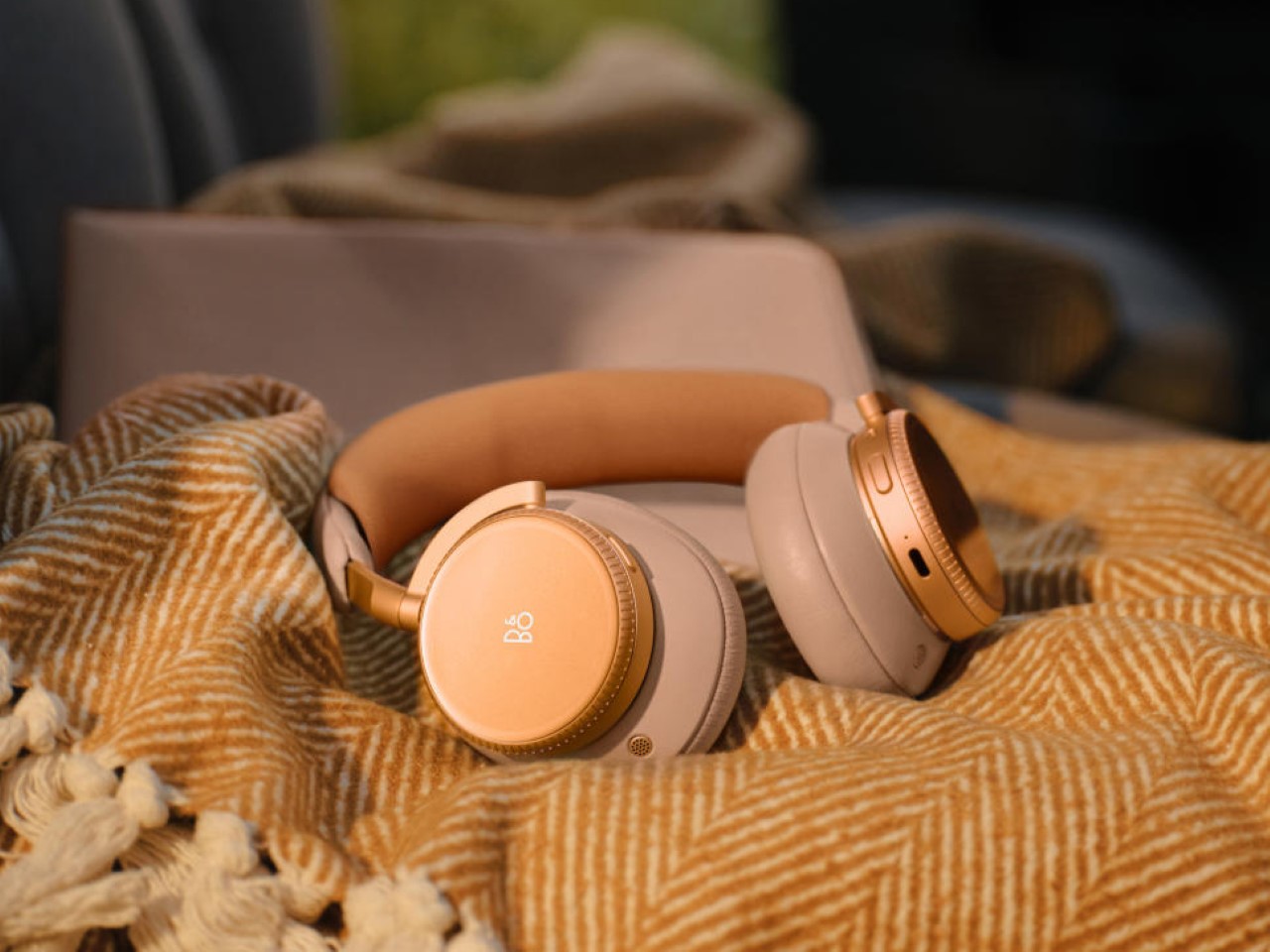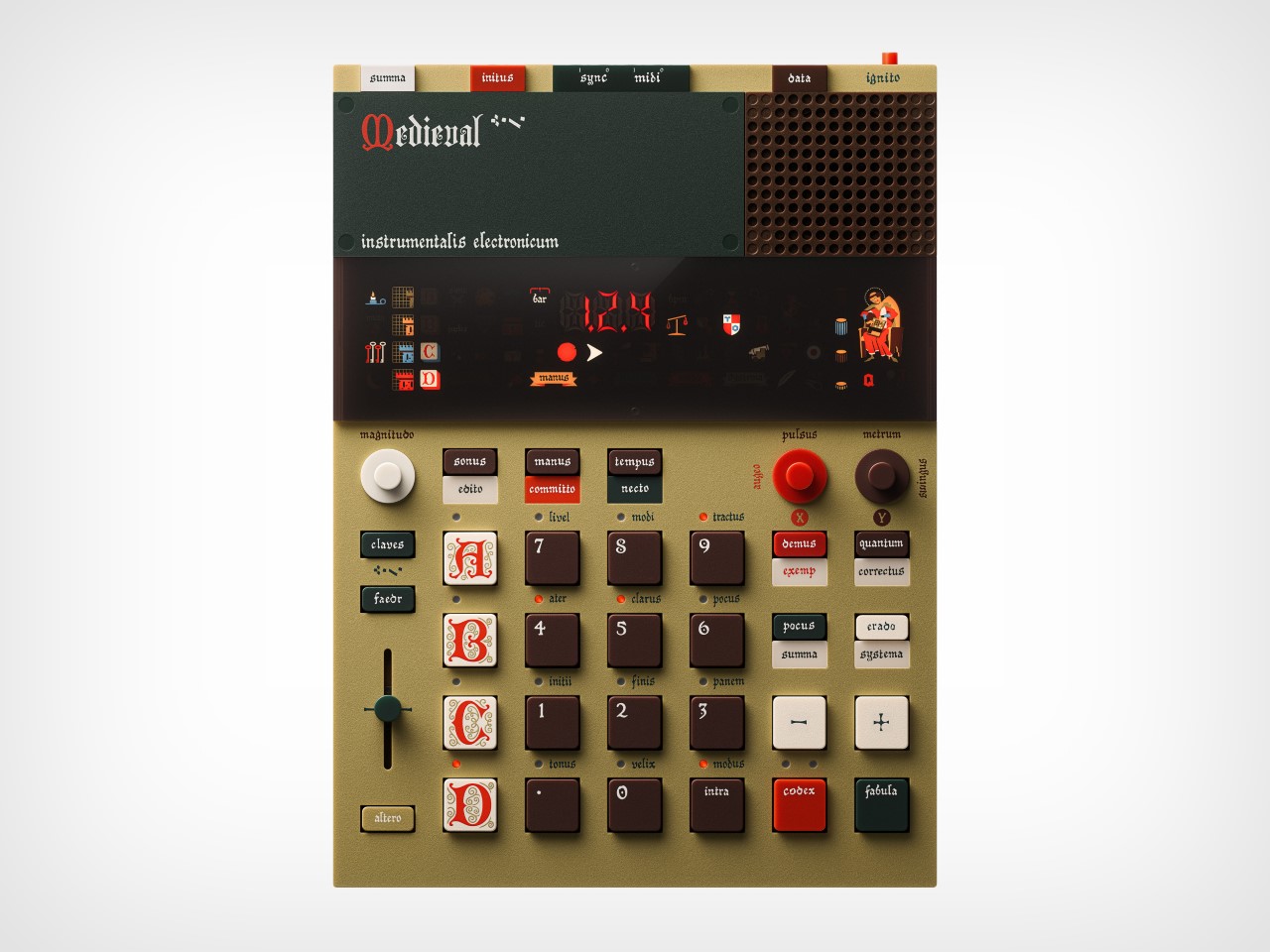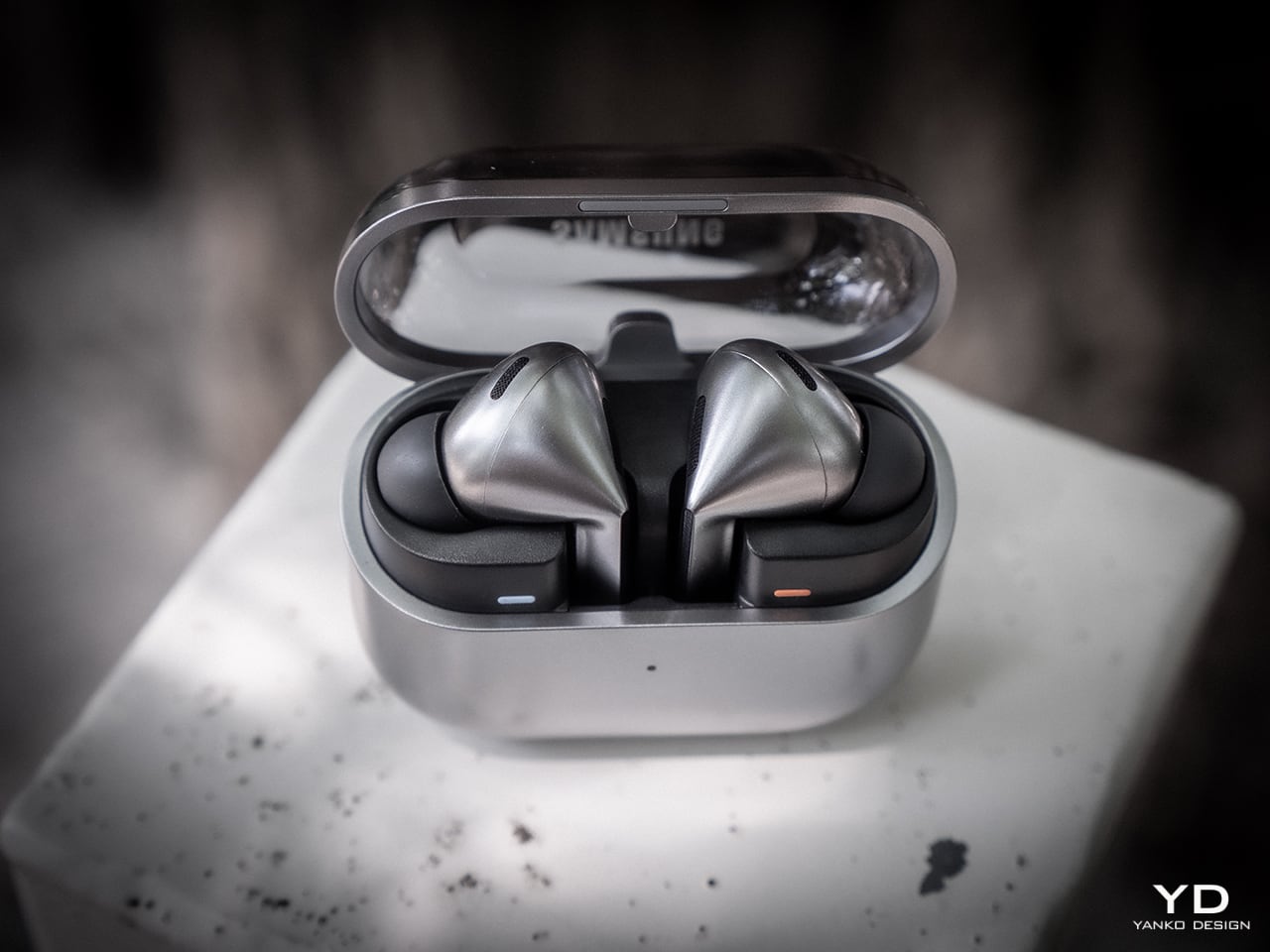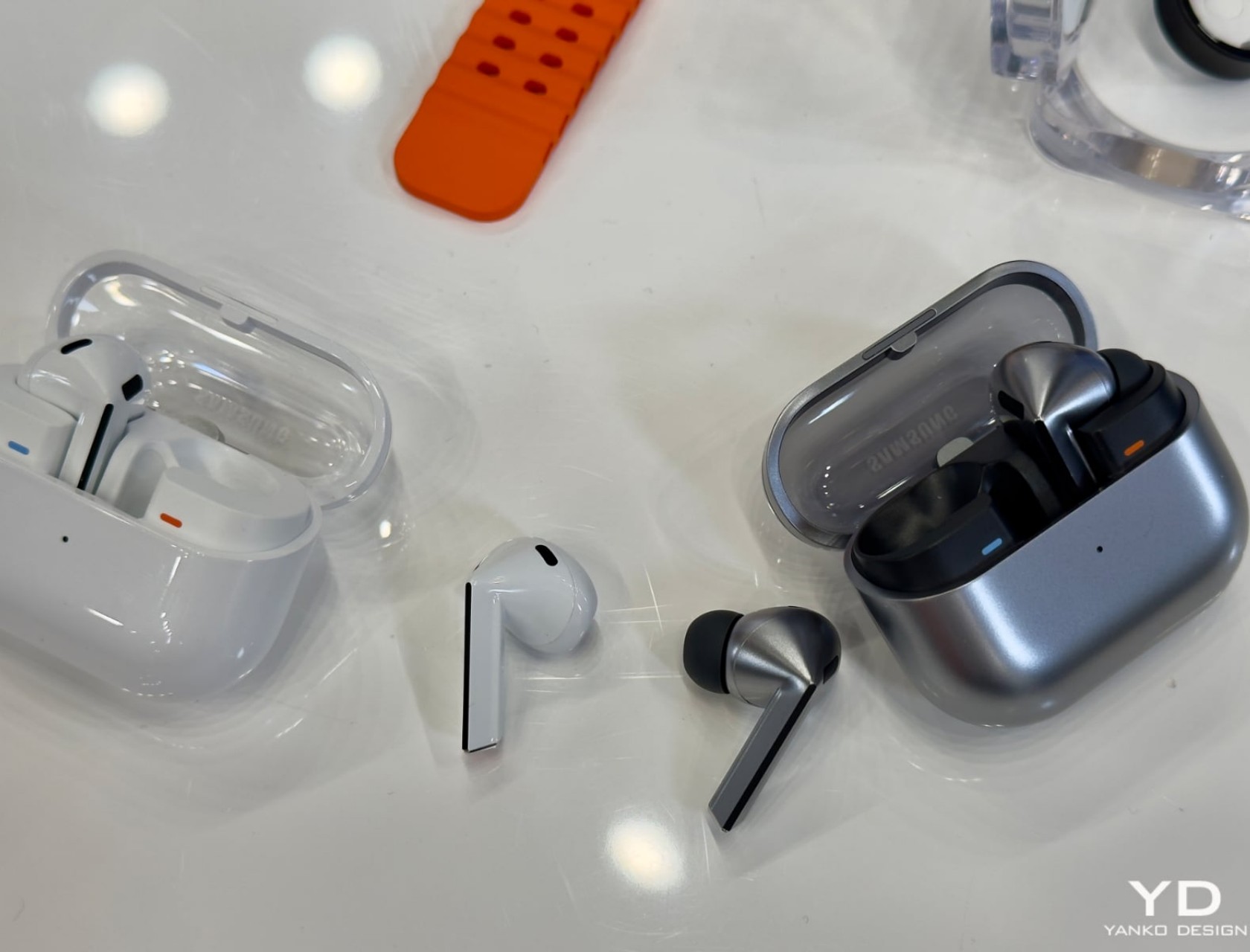Huawei Unveils Game-Changing Tri-Fold Smartphone, Pro-Grade Tablet, and Open-Ear Audio Innovation
![]()
Huawei’s latest product launch in Kuala Lumpur introduced a series of meaningful advancements. The company is doubling down on foldable displays, audio, and wearables with bold designs and refined engineering. The event introduced the HUAWEI Mate XT, the world’s first commercial tri-fold smartphone, an upgraded MatePad Pro 13.2, the FreeArc open-ear earbuds, and the lightweight HUAWEI Band 10.
Designer: Huawei
HUAWEI Mate XT: The Evolution of Foldable Displays
Huawei’s Mate XT takes foldable smartphones to the next level. The tri-fold design creates a 10.2-inch display while maintaining a slim 3.6mm profile. The Advanced Precision Hinge System and ultra-thin glass (UTG) allow it to fold both inwards and outwards, offering flexibility for various use cases. The structure is engineered for durability, with Huawei’s proprietary hinge mechanism reducing stress points to ensure a smooth transition between folding positions.
![]()
For multitasking, the large screen supports split-screen functionality and adaptable viewing modes. Whether reading, browsing, or handling multiple apps simultaneously, the Mate XT transitions smoothly between tasks. The device’s software is optimized to take full advantage of its expanded display, allowing users to run multiple apps simultaneously without compromise. Huawei has also packed in its Ultra Aperture XMAGE Camera, featuring a 10-size adjustable physical aperture, designed for professionals who need sharp, versatile photography in any lighting condition. The high-resolution sensor, combined with Huawei’s computational photography advancements, ensures professional-grade results without requiring additional editing.
![]()
The Mate XT’s battery life is engineered to handle the demands of power users. A high-capacity battery paired with Huawei’s SuperCharge technology allows for rapid refueling, ensuring the device remains ready for productivity or entertainment throughout the day. The addition of improved cooling mechanisms prevents overheating during intensive tasks such as video editing or gaming, making the Mate XT a powerhouse in the foldable space.
![]()
![]()
HUAWEI MatePad Pro 13.2: A Tablet Aiming to Replace Your Laptop
Huawei’s latest MatePad Pro 13.2 leans into productivity with a vibrant OLED PaperMatte Display, a 2.8K resolution, and an ultra-slim design. The 1000-nit brightness ensures sharp visuals, whether working indoors or out. It’s paired with the HUAWEI Smart Magnetic Keyboard, delivering a near-laptop typing experience with tactile keys and an intuitive layout. The integration of Huawei’s ecosystem allows seamless device interconnectivity, making it possible to switch between a smartphone, laptop, and tablet effortlessly.
![]()
Beyond the hardware, Huawei is refining its software ecosystem. Apps like HUAWEI Notes and GoPaint offer deeper creative functionality, while the PC-style multitasking tools make working on a tablet feel less like a compromise. The latency-free stylus support ensures a smooth writing and drawing experience, catering to digital artists, designers, and professionals who need precision tools on the go. A 10,100 mAh battery ensures longevity, with HUAWEI SuperCharge getting the device to a full charge in just 65 minutes, allowing for all-day productivity without frequent recharges.
![]()
![]()
![]()
HUAWEI FreeArc: Open-Ear Audio for an Active Lifestyle
Huawei is stepping into open-ear audio with the FreeArc, a set of hooked earbuds designed for comfort and stability. The C-bridge structure, combined with a flexible 0.7mm nickel-titanium memory alloy, ensures a secure fit without compromising breathability. Huawei’s design team studied over 10,000 ear shapes to refine the ergonomics, making them comfortable for long sessions.
![]()
Unlike traditional earbuds that block outside noise, the FreeArc allows for situational awareness, making them ideal for urban runners or cyclists. A 17 x 12 mm high-sensitivity driver, along with Adaptive Equal-loudness Algorithm and Dynamic Bass Algorithm, provides a deep, resonant sound. With an IP57 rating, they hold up in wet and dusty conditions, making them a solid choice for outdoor enthusiasts. The Reverse Sound Waves System directs sound toward the ear canal while minimizing leakage, ensuring privacy while enhancing audio clarity.
![]()
The FreeArc earbuds also prioritize voice clarity during calls. Featuring a dual-microphone setup with AI noise cancellation, the earbuds effectively suppress wind and ambient noise, making them ideal for business professionals who need reliable call quality in various environments. The extended battery life, combined with fast-charging capabilities, allows for long listening sessions without frequent recharging.
HUAWEI Band 10: Lightweight, Smart, and Stylish
The HUAWEI Band 10 refines wellness tracking with a sleek design and advanced sensors. It offers an Enhanced Sleep Health Assistant that analyzes sleep cycles in detail, providing actionable insights. The Emotional Wellbeing Assistant tracks physiological changes, helping users monitor stress levels throughout the day.
![]()
Customization is at the forefront, with Panda-themed watch faces that adapt based on mood. The Band 10 is lightweight and designed for all-day wear, making it a seamless addition to any lifestyle, whether for fitness tracking or daily productivity. Advanced heart rate monitoring and SpO2 tracking ensure that users receive real-time health insights, supporting both athletic performance and general wellness.
![]()
Huawei has also incorporated smart notifications, allowing users to receive messages, calls, and app alerts directly on their wrist without the need to constantly check their phone. The extended battery life makes it practical for continuous wear, ensuring users can rely on the Band 10 as a comprehensive wellness and productivity tool.
![]()
Pricing and Availability
The HUAWEI FreeArc earbuds are available for pre-order at £99.99, with a £25 discount running until March 3. The full launch takes place on March 4, with a promotional offer of £20 off until April 1. More details can be found on Huawei’s official site.
With foldable displays maturing, Huawei is showing it’s serious about pushing the category forward. The Mate XT is more than a concept—it’s a product that expands what’s possible in mobile design. The new tablet and audio devices round out a lineup built for users who demand more from their technology. Huawei’s focus on design and technological refinement is user-driven innovation is evident in every aspect of these releases, proving that the brand remains a key player in shaping the future of consumer tech.
The post Huawei Unveils Game-Changing Tri-Fold Smartphone, Pro-Grade Tablet, and Open-Ear Audio Innovation first appeared on Yanko Design.
